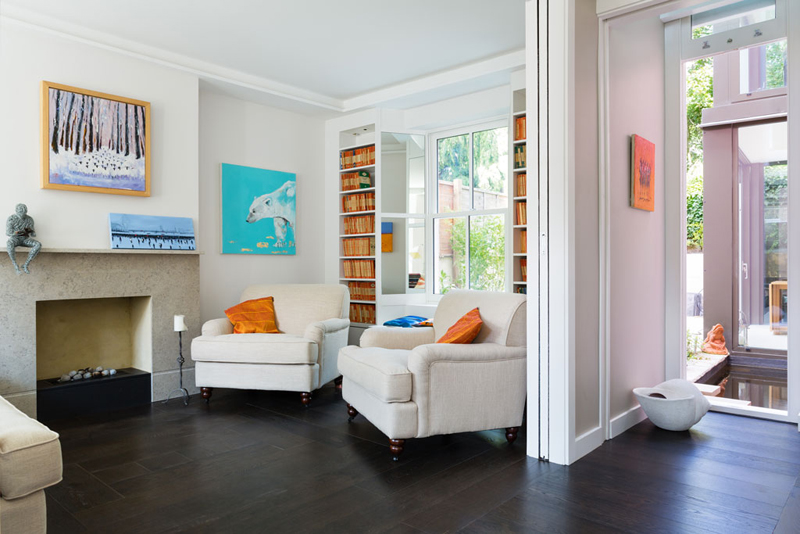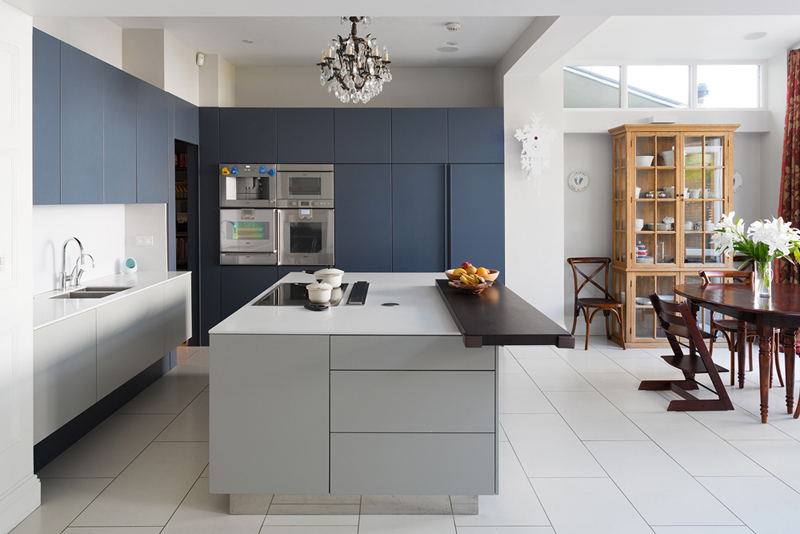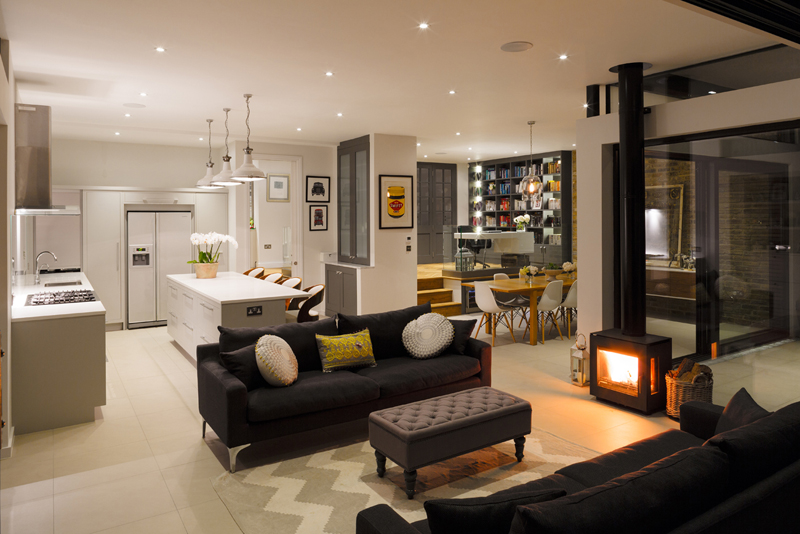Roundhouse Design Studio Case Study: Luxury Kitchen Design for Open-Plan Living
When a professional couple with two young sons embarked on a full-scale home renovation, a luxury kitchen was at the forefront of their plans. With ... Read Feature
When you want to add more visual appeal to your home, it’s all about creating a complex harmony within an orchestra of fabrics and hues. A carefully planned interior, with bright, vibrant colours and rich, touchable textures, will transform a vanilla room into something spectacular.
Here are our top tips for introducing colours and textures to your home

The goal when introducing colour and textures is to strike the perfect balance between visually interesting and busy or overwhelming. The trick is to add a few bold colours and patterns that catch the eye, while also giving space to neutral tones that add calm and serenity.
Step 1. Plan Around the Sections of your Home
When choosing colours and textures, think about the sections of your home and their purposes. Your living room is a calm, relaxing zone, so look for calming tones, soft textures such as suede and wool, and calming natural materials like wood or stone.
The kitchen is full of energy, social activity, cooking and eating – often the hub of activity in a home. Whites and greys are popular kitchen colours with island or wall units often in a different colour or material. Navy works really well in the kitchen too and can be a great contrast to lighter units.

Bathrooms are places to relax and pamper yourself. They work well with colours that encourage serenity such as neutral tones, greys and blues. Using natural stone or a stone composite on vanity tops, counters or walls and floors will add an extra sense of luxury.
Step 2: Choosing the Right Colours
There is a vast array of colour palettes to choose from when selecting a scheme for your home. Some designs feature a range of subtly different shades of the same hue, which can be very calming to the eye. Other schemes create a balance between colours on different sides of the colour wheel – a commonly used tool to show the relationship between different colour hues.
You might include contrasting colours from opposite ends of the spectrum too. Colours can be more dramatic when contrasted against their opposite, such as a bright red cushion or throw blanket on a pale green sofa. Also, if there is one item of contrasting colour, such as a bright yellow flower vase, it can be a very bold and visually powerful statement.
Here are some simple rules to apply when choosing colours for your home:
Step 3. Be Brave with Colours and Textures
Many homeowners are nervous about mixing colour and texture. They’re worried about creating a room that feels too “busy.” However, to really jazz up your home decor you need to be prepared to experiment.
Start being brave with colour and texture. Buy one vibrantly patterned cushion, sheepskin rug or burlap lampshade to get started, or consider introducing wallpaper to one or all of the walls, which could be patterned or even a fabric finish.

Once you start adding colours and textures to the room one by one you will feel more confident in your choices. You will start to see the room taking shape.
Step 4. Introduce Metal
For the brave and adventurous, introducing some metallic tones and textures to your home will add that extra level of complexity and sophistication. A touch of glimmering metal adds glamour, but be careful, if you add too much it can be overwhelming. Start small, you can always add more later.
Make sure you balance any metallic objects with softer textures like velvet, wool and linen. Brass pairs well with richer dark tones such as purple, navy or black. Stainless steel or chrome looks better alongside cooler light tones like white, grey and blue.
Most of all have fun experimenting with colour and texture in your home. It’s your space and you can design it in any way that makes you happy.
You can always contact Granit’s interior design team if you would like the help of a professional designer. We’re always happy to help.

Tel: 020 7924 4555
Email: info@granit.co.uk
www.granit.co.uk
When a professional couple with two young sons embarked on a full-scale home renovation, a luxury kitchen was at the forefront of their plans. With ... Read Feature
As we step into 2025, many are embracing the idea of refreshing their homes to create a space that promotes relaxation and well-being. The environment in ... Read Feature
As Christmas approaches, the focus shifts to creating the perfect space for festive gatherings. Designing a luxury kitchen for entertaining is about combining elegance, practicality, ... Read Feature